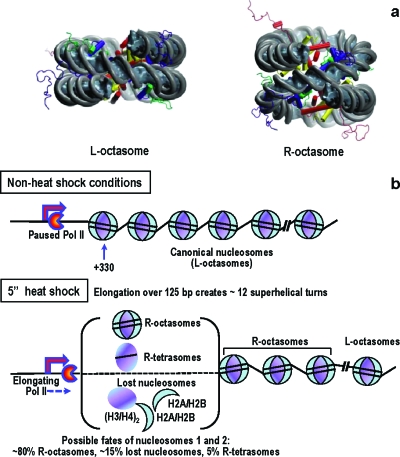Figure 2. L-octasomes and R-octasomes and changes occurring in nucleosomes 5 s after heat-shock.
(a) All-atoms structures of the canonical nucleosome (L-octasome) and of the particle produced by the chiral transition (R-octasome). The docking domain of H2A that binds the dimer H2A/H2B to the tetramer (H3∕H4)2 in L-octasomes does not interact with the tetramer in the R-octasome, thus leading to a more open structure. The R-octasome is a metastable particle that is stabilized by the positive torsional stress applied on the fiber by elongating Pol II. (b) Model depicting the changes in nucleosome structure occurring on induction of Hsp70Ab gene (5 s of heat-shock treatment). Elongation of over 125 bp creates ∼12 superhelical turns, which is enough to convert six L-octasomes into R-octasomes at a rate by far exceeding the rate of Pol II translocation. MNase protection assays and histone H3 ChIP indicate changes in the first two nucleosomes as indicated. Similar changes occur with downstream nucleosomes later during Hsp70Ab gene expression.

